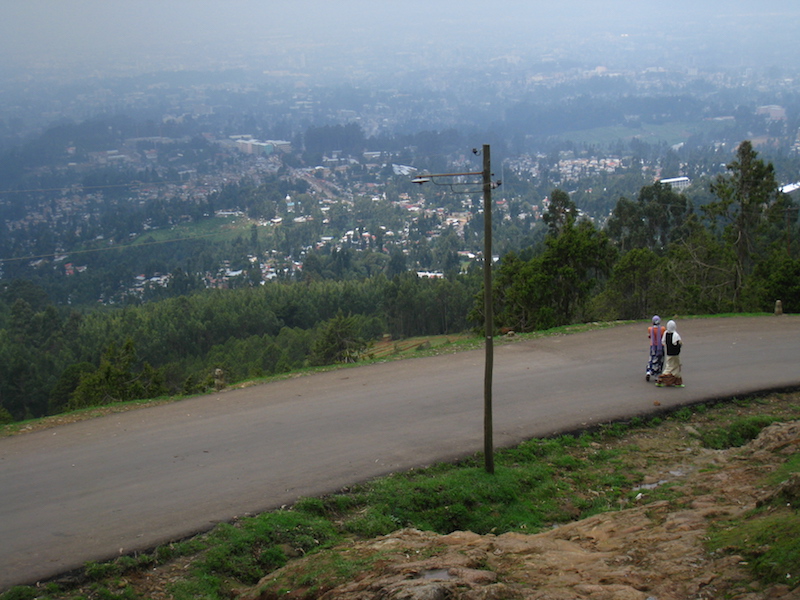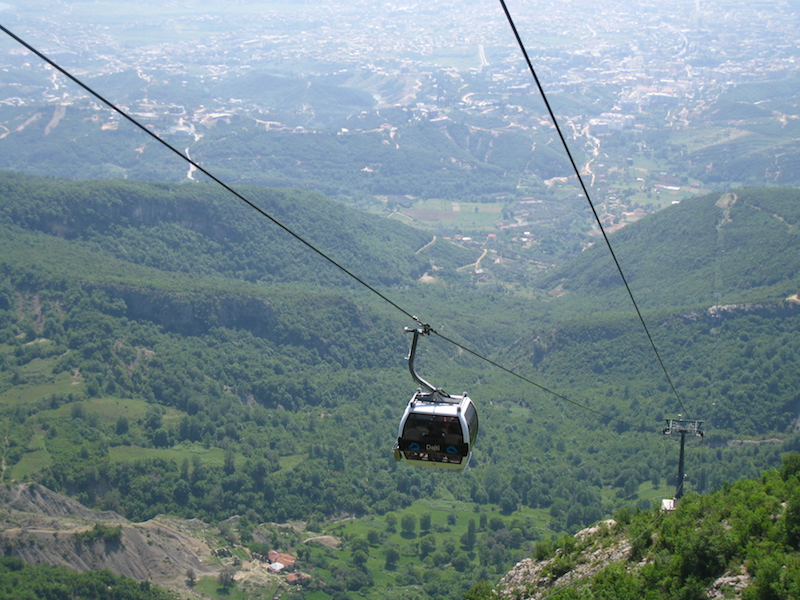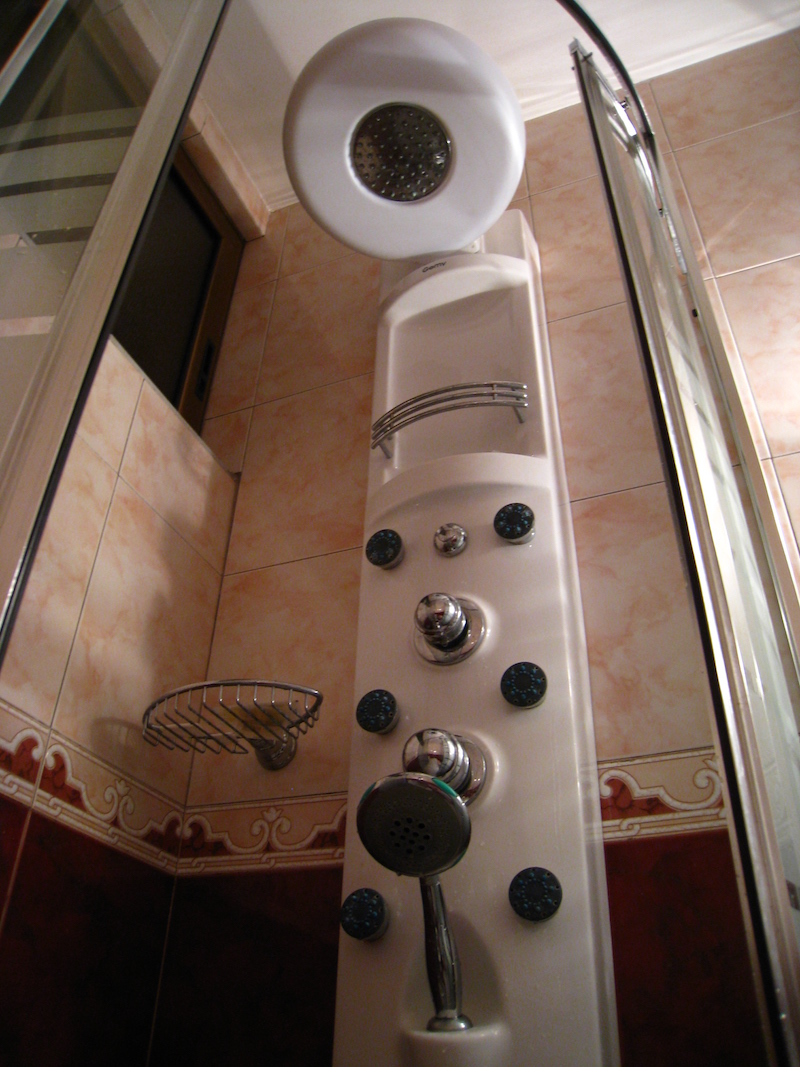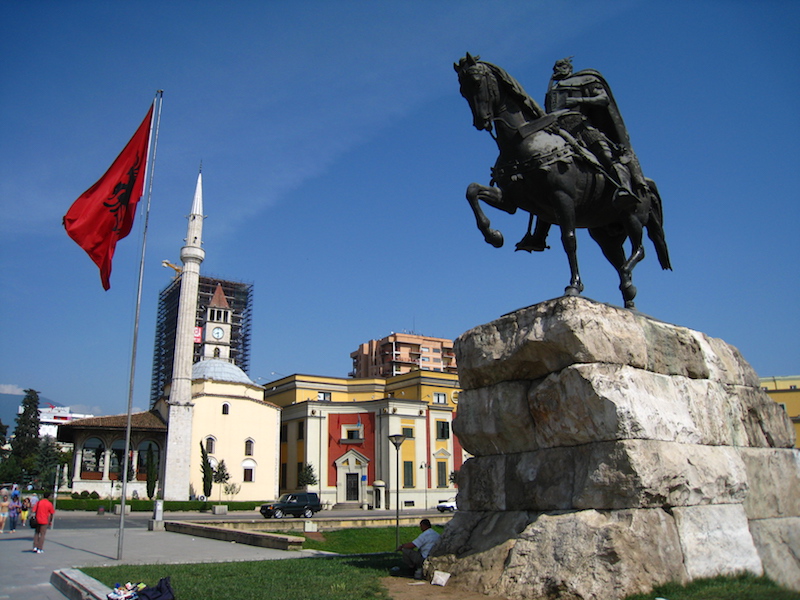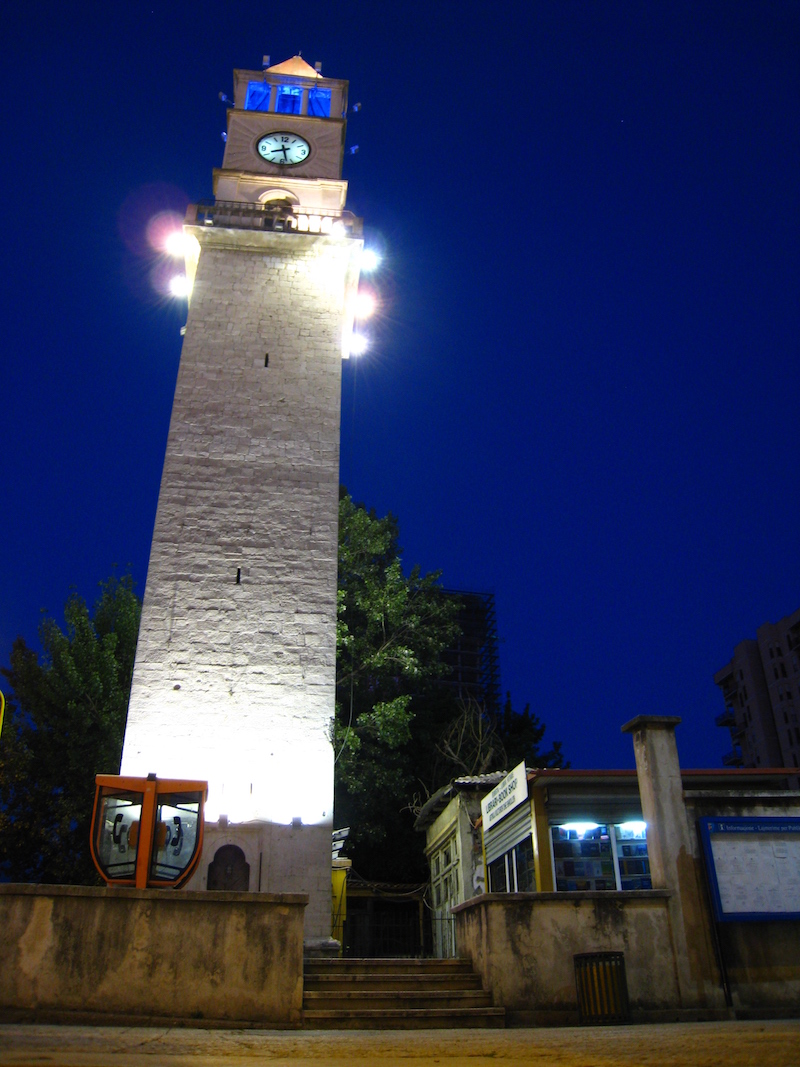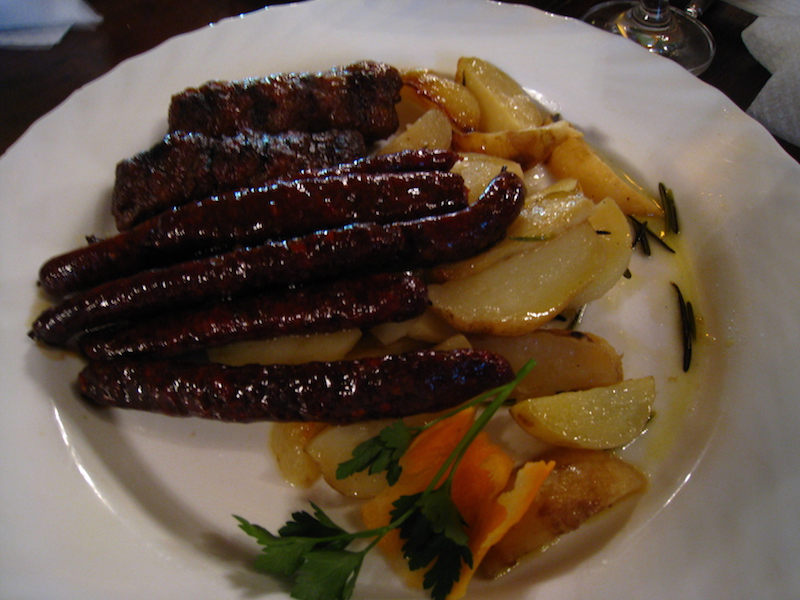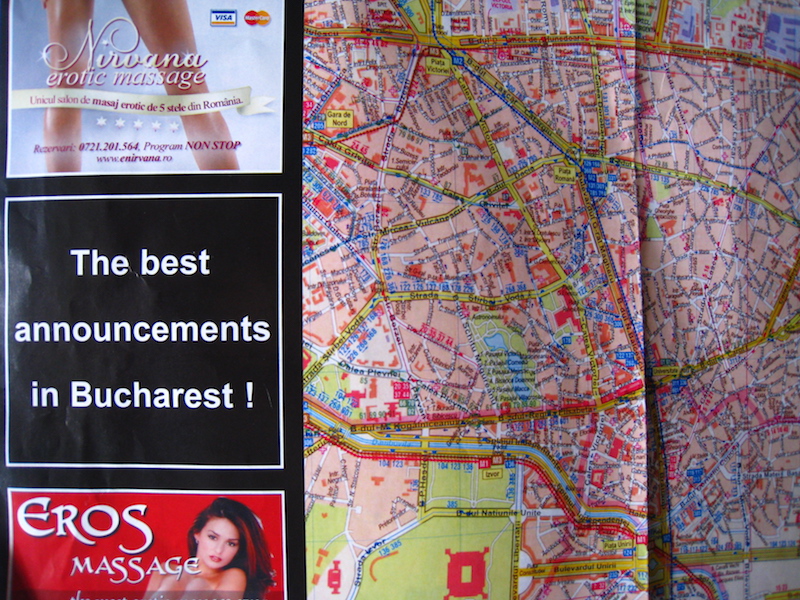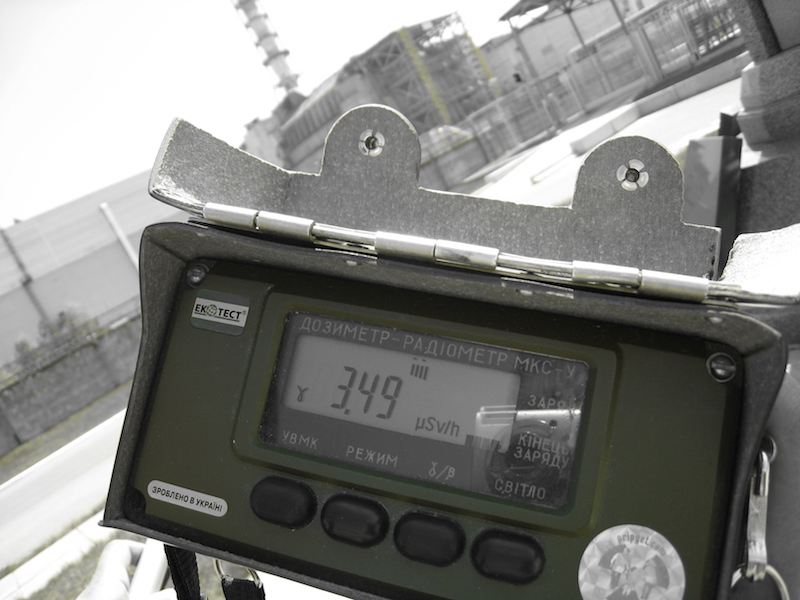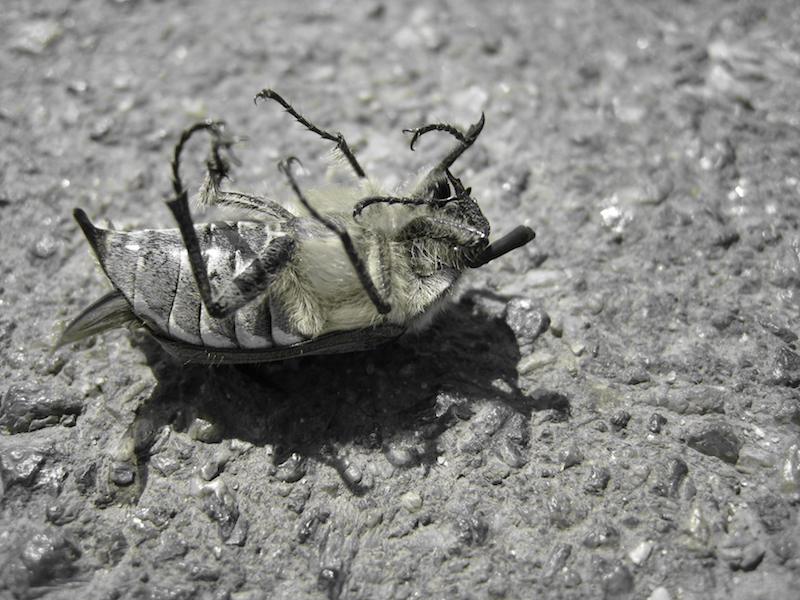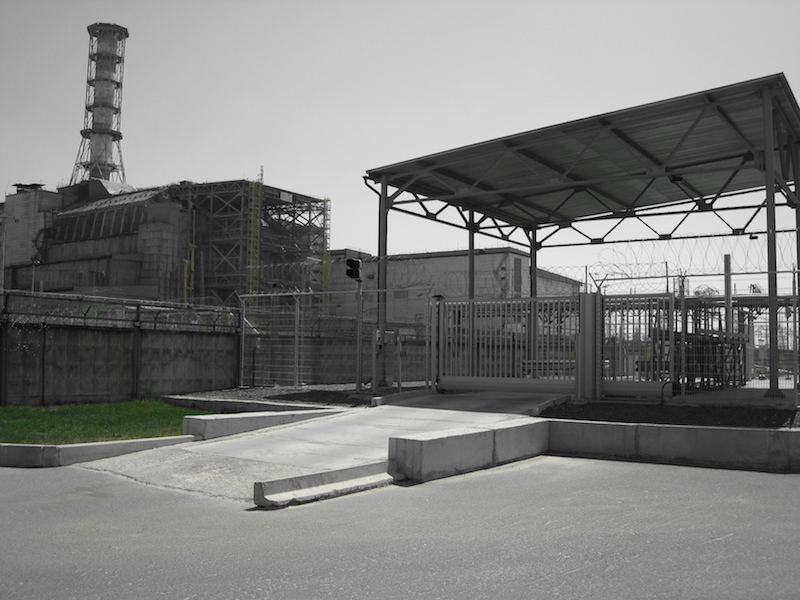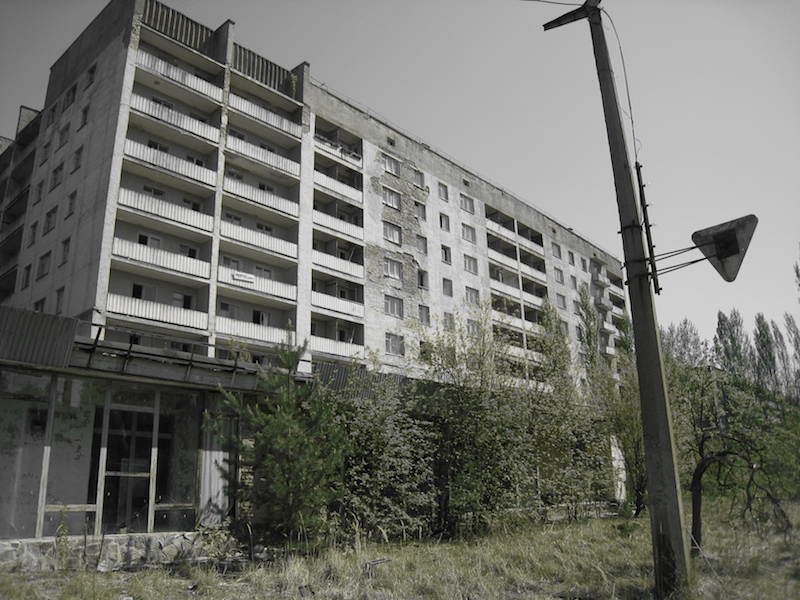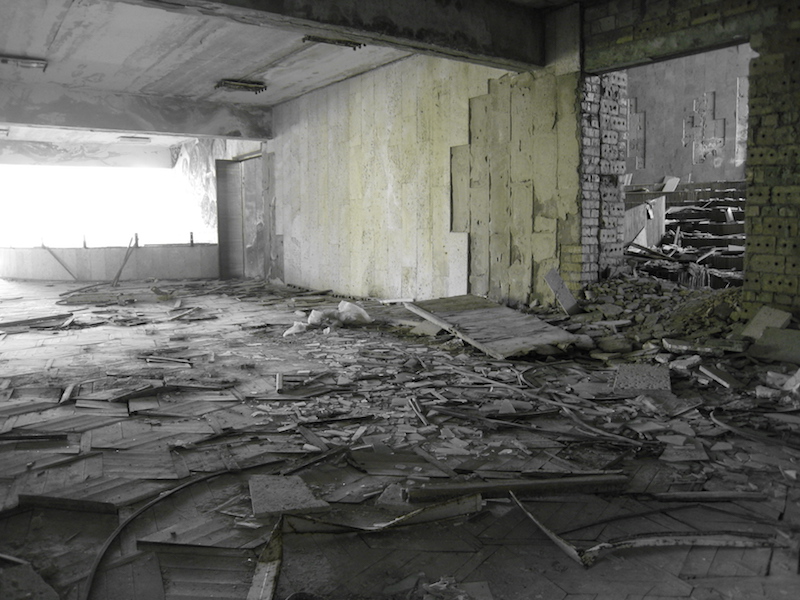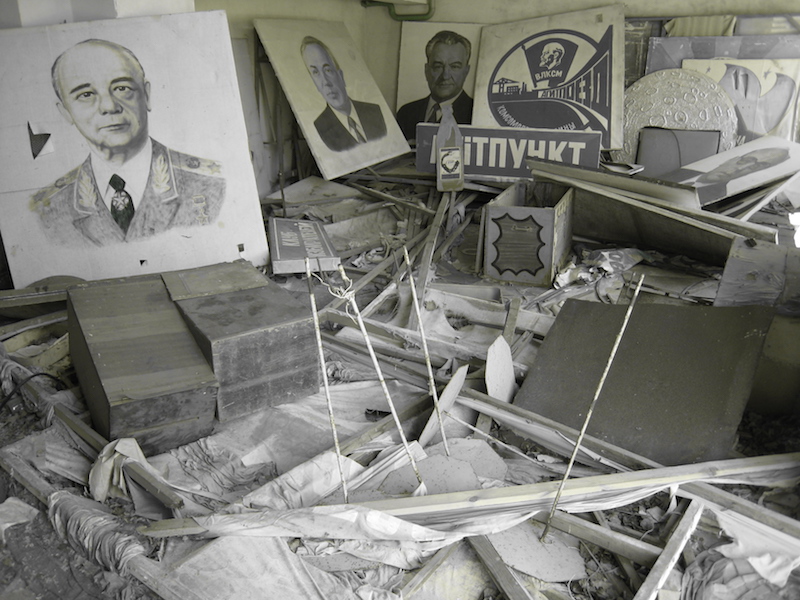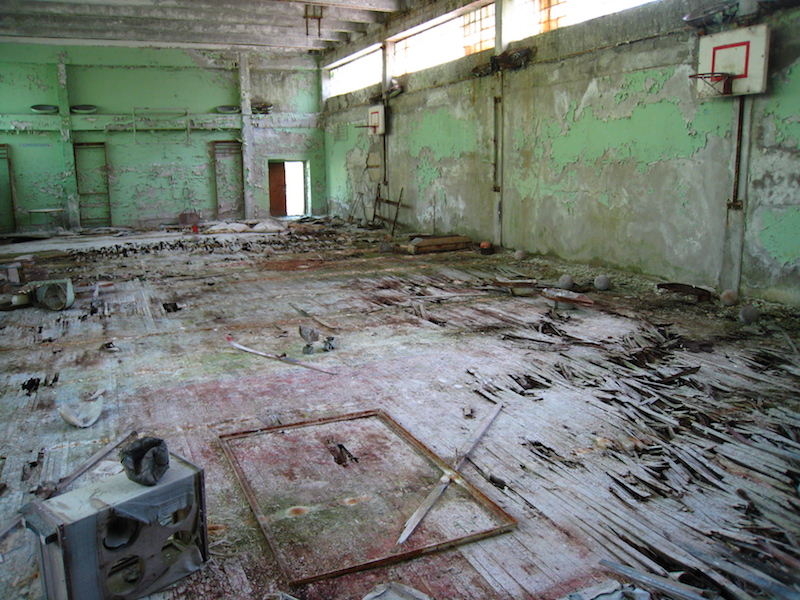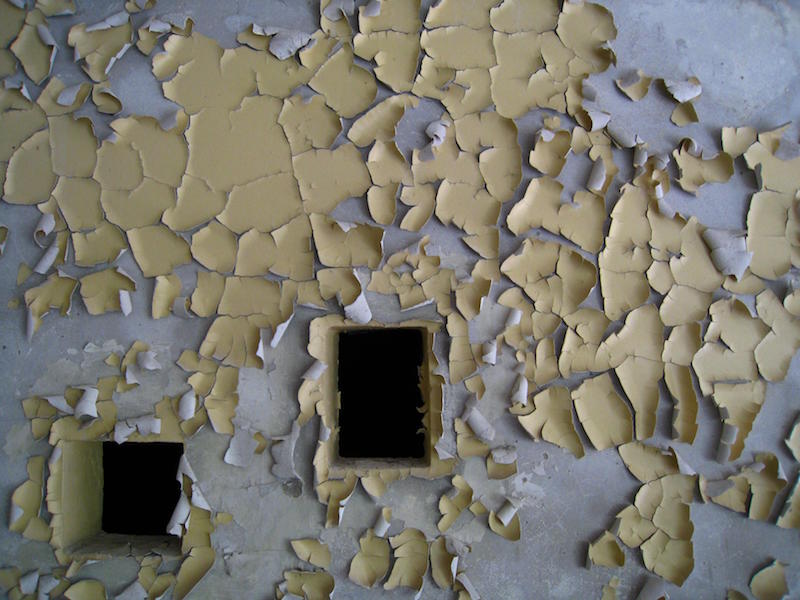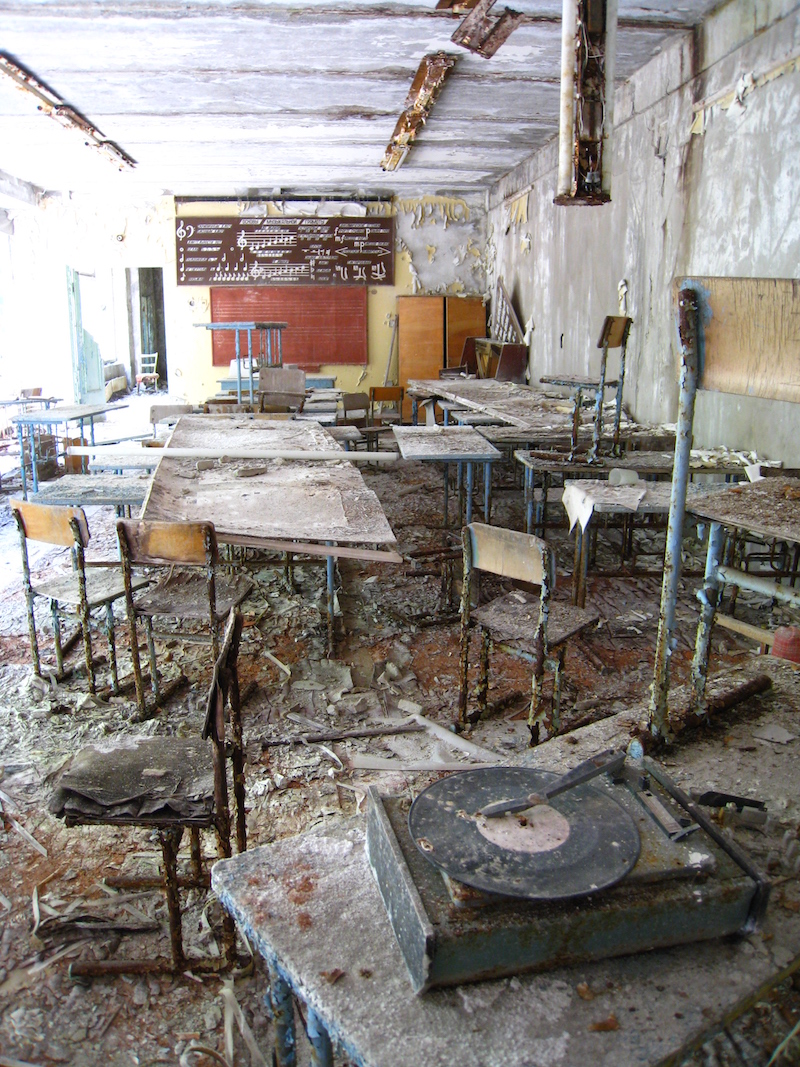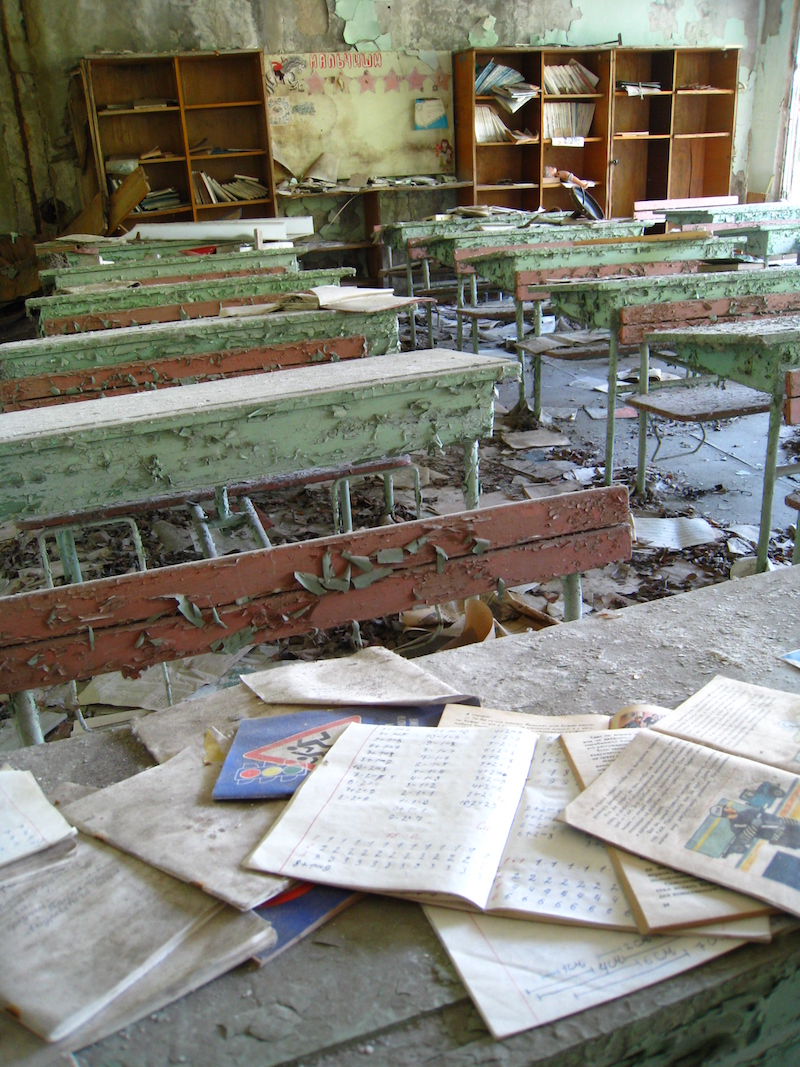With work finished in Ethiopia, I was almost ready to head off to Djibouti, though I couldn’t leave without exploring some of Addis Ababa’s finer attractions.
First, a visit to the Ethiopian National Museum. The main attraction here is Lucy, a 3.2 million year old skeleton (er, plaster replica…the real skeleton is in storage) that serves as a link between apes and bipedal humans. Given the indoor lighting, my images of Lucy didn’t come out that great, though I managed to capture some of the other skeletal plaster reconstructions.
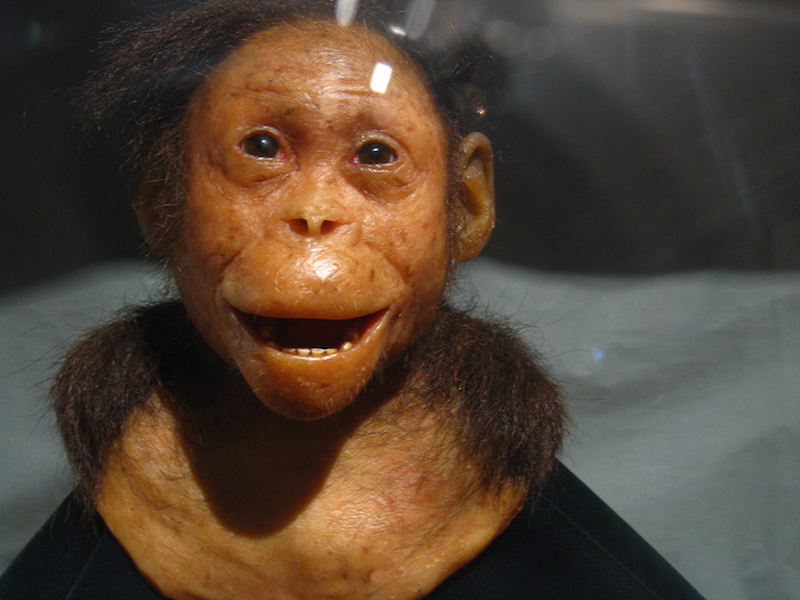
Creepy, eh? Our distant cousins!
During lunch, I sampled tej, or honey wine, a sweet-tasting mead with a deceptively high alcohol content. Yummy.
I spent the afternoon walking around Merkato, considered by many to be the largest open-air market in Africa. It was wild—a seemingly endless mélange of hawkers and smells and colors that one can only find in certain parts of the world. My colleague and I squeezed past crowded stalls and snaked our way through spice tents, eventually settling on a kilogram of mitmita, a deep ochre-hued blend of spices that, when sampled, left a pleasantly strong kick on both of our tongues.
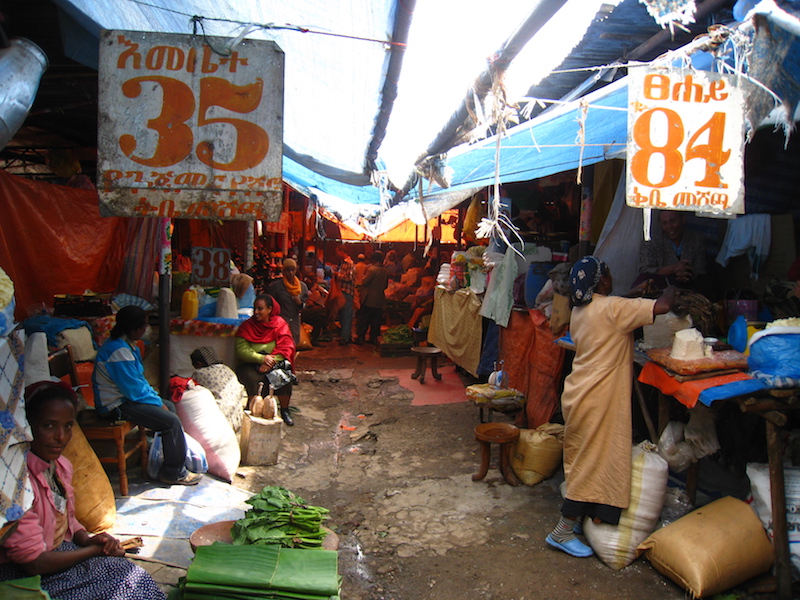
The weekend was nearly complete. Yet my colleague and I still had not tried qat, the amphetamine-like stimulant so popular amongst locale in Ethiopia and its neighboring countries. It’s like the coca leaf of Africa. We asked our driver to help us buy some, and before we knew it were ushered into a small, curtained cement room with five or six guys camped out on thin mats, relaxed and chewing away.
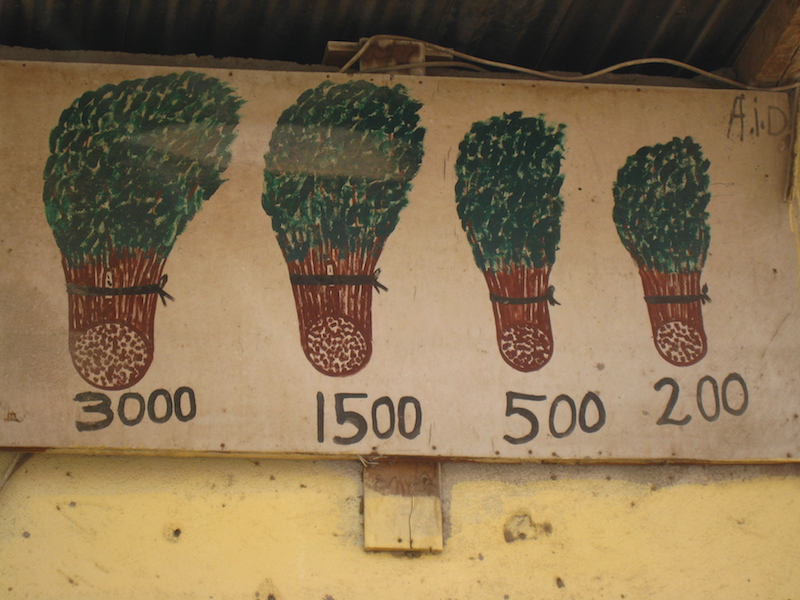
It felt like an opium den without the smoke. Our driver taught us what leaves to pull, and how first timers typically chew the leaves with a carbonated beverage or with peanuts. In my case, I used both. I watched other eyes, gradually dilated, soft and lazy, thinking to myself, Why was I trying this again? After a few chomps, I felt slightly elated, a temperate warming in the back of my head. That feeling lasted awhile, as I sipped my Coke and listened to the Dixie Chicks on a boom box someone had placed in the corner of the room. Who would’ve thunk it—the Dixie Chicks? In an Ethiopian-qat den?
That night, we went to Harlem Jazz, a live-music venue, and boogied down to multi-instrumentalist and vocalist Kenny Allen. The tunes—mostly reggae—were energetic, and the crowd was all about it. I couldn’t stop dancing. I’d like to think it was the music, but I’m guessing it was the qat…I didn’t go to sleep until 4am.
Whew, what a week. Which brings me to Djibouti.
Djibouti, one of the tiniest countries in Africa, is an interesting place. Considering its proximity to Somalia, Eritrea and Sudan, Djibouti is a relatively stable, unassuming (and in the words of one expat, “stupidly expensive”) oasis in the armpit of East African volatility. Claiming independence from France in 1977, Djibouti has a strong French influence. While stray camels stroll around the city’s environs, short-shorted French militia order up fresh poisson at restaurants named La Chaumièire and Le Kintz. Throughout the week, I made a few unique observations:
- One car dealership insisted that we take a look at their high-end furniture for sale. Shouldn’t they be selling us on their vehicles? I must say, though, that the furniture was quite nice.
- Most of the currency is battered beyond belief. If you ever find yourself in the presence of Djiboutian francs, look for staple holes. Not once did I see anything close to a fresh bill!
- Nobody works from 12:00p-4:30p. That’s quite a siesta.
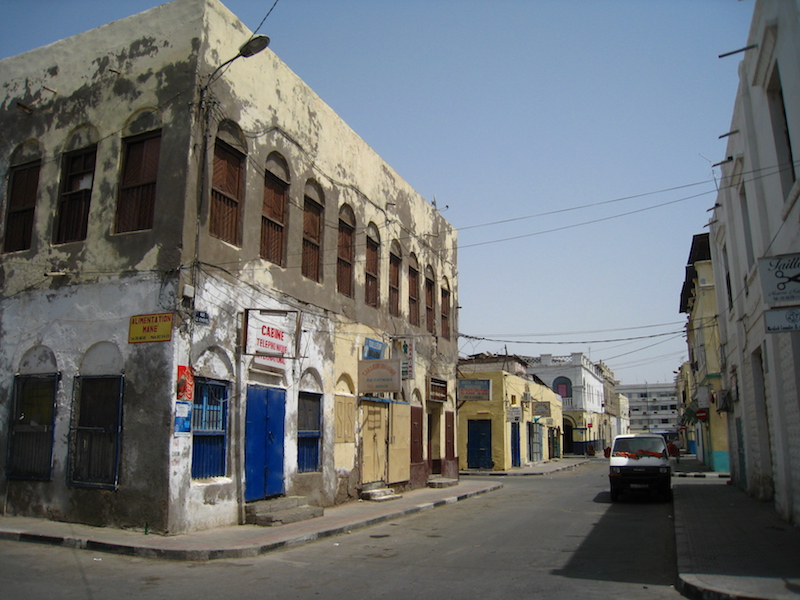
Oh, and the heat! It’s penetrating! One day, it got up to 122 degrees Fahrenheit. In certain parts of the city, the heat takes on an almost unbearable sulfurous scent, enough to make one feel like a struggling asthmatic. Remind me why I requested this region of the world in August?
On Friday, my colleague and I hired a driver to take us to Lac Assal, at 150m below sea-level the lowest point on the African continent, the second saltiest body of water in the world. Exiting Djibouti city, we drove past broken flatbeds, wild gazelle, monkeys, camels and trash-snacking goats. We hit desert fairly quickly, rocks strewn across the sun-beaten horizon.
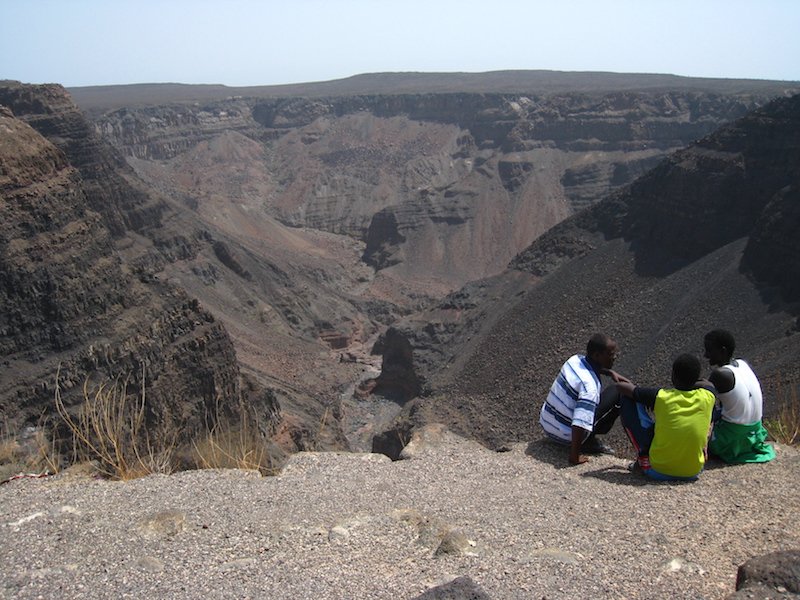
Halfway to the lake, we slowed through a French Foreign Legion outpost, where kids crowded around outdoor Foosball tables. When a truck, chock full of qat from Ethiopia, drove past via police escort, our driver announced, “his majesty is arriving.”
Lac Assal is wild—miles of barren salt shores and craggy outcroppings.
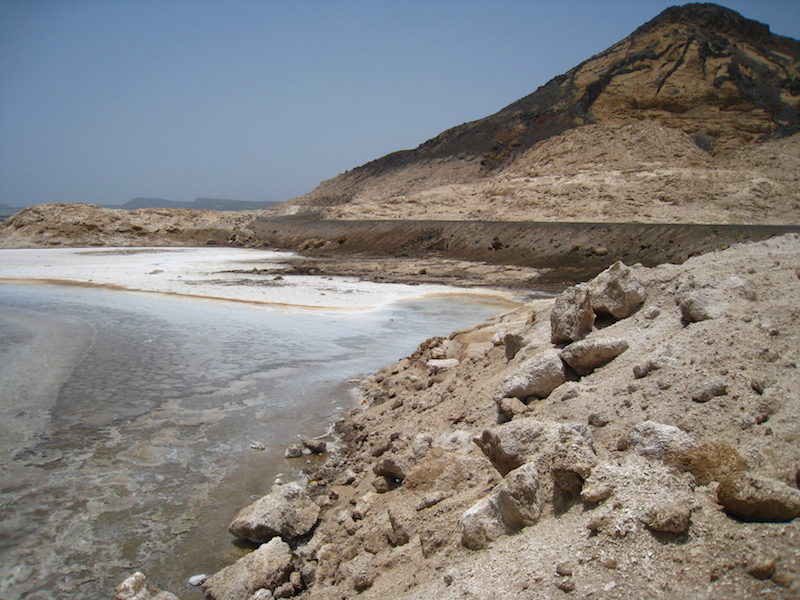 After Lac Assal, we off-roaded into a petrified lava field, a lunar landscape not far from where the original “Planet of the Apes” was filmed. I ran across shards of what was once molten liquid and darted into a lava tube to escape the relentless heat.
After Lac Assal, we off-roaded into a petrified lava field, a lunar landscape not far from where the original “Planet of the Apes” was filmed. I ran across shards of what was once molten liquid and darted into a lava tube to escape the relentless heat.
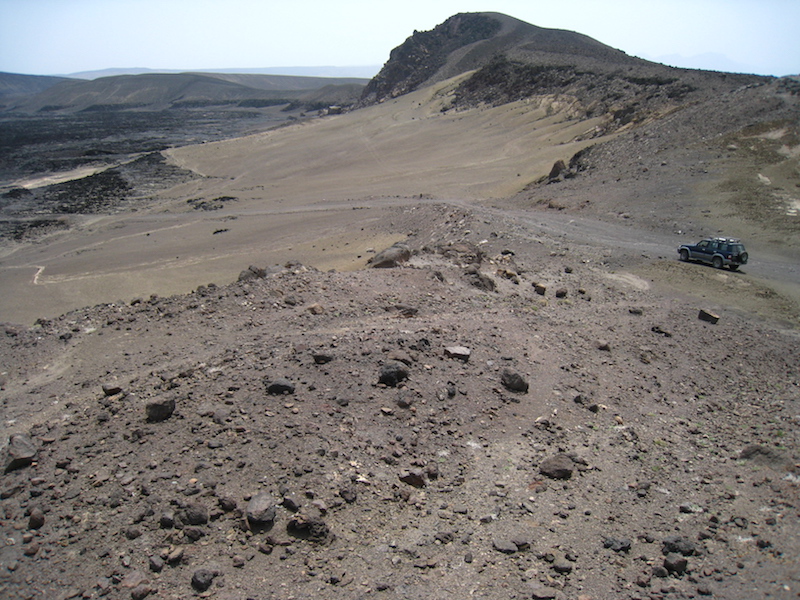
On Sunday, we went snorkeling on Moucha Island. While it wasn’t the season to snorkel with the whale sharks (a must-do for anyone visiting in the fall or winter), I had an incredible time darting through schools of wish, coming up with comical questions like, If the brain coral could think, what would it think of me, and Do the white and black and yellow fish get along? I held my breath for as long as possible, spotting all kinds of colorful creatures swimming through never-ending nooks and squiggly, gnarled coral crannies. Our boat was mostly U.S. soldiers, and I had a fun time asking them about their Djiboutian post and lives in the military. One guy, Dave, gave my colleague and I some amazing recipes that I’m looking forward to trying upon my stateside return.
All in all, an excellent visit! I’m writing this update from a 6 hour layover in Dubai, and tomorrow it’s off to Amman, Jordan for the next week. Petra, here I come!
